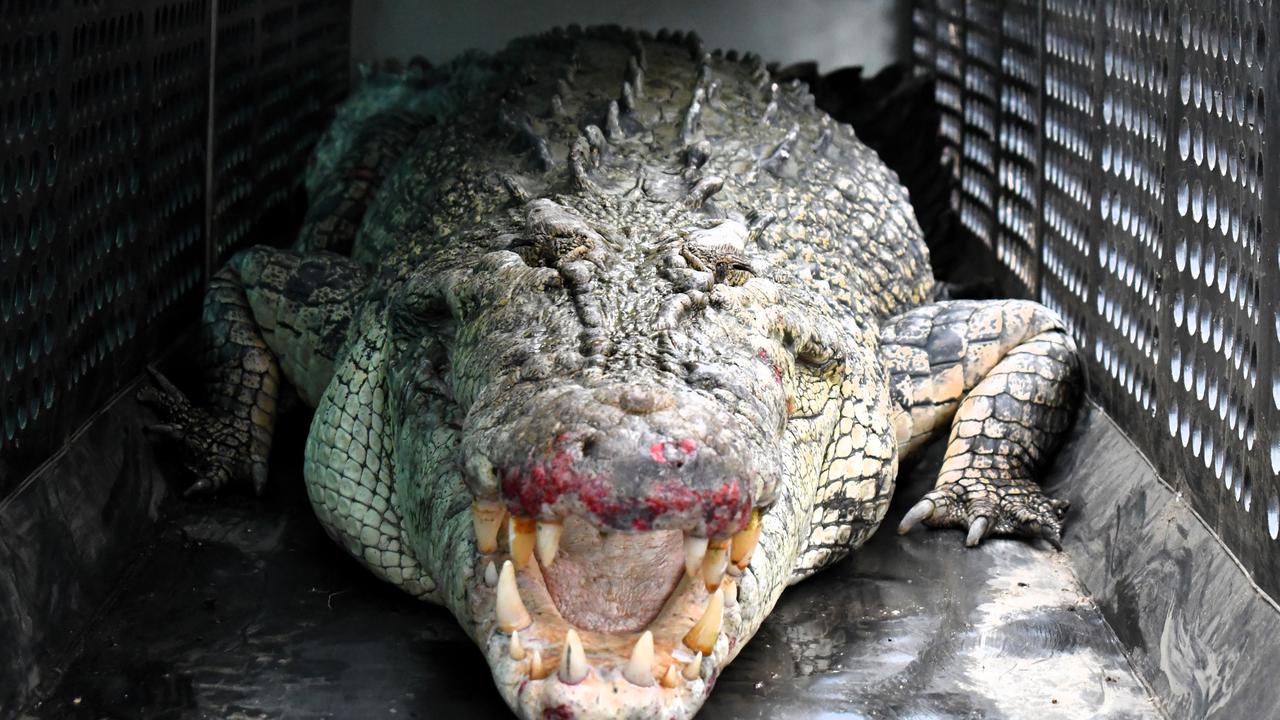Big Box Jellyfish numbers plummet along North Queensland coast, experts say
One of Australia’s most deadly marine animals has drastically declined in numbers within the Far North, experts say it could take years before they repopulate.
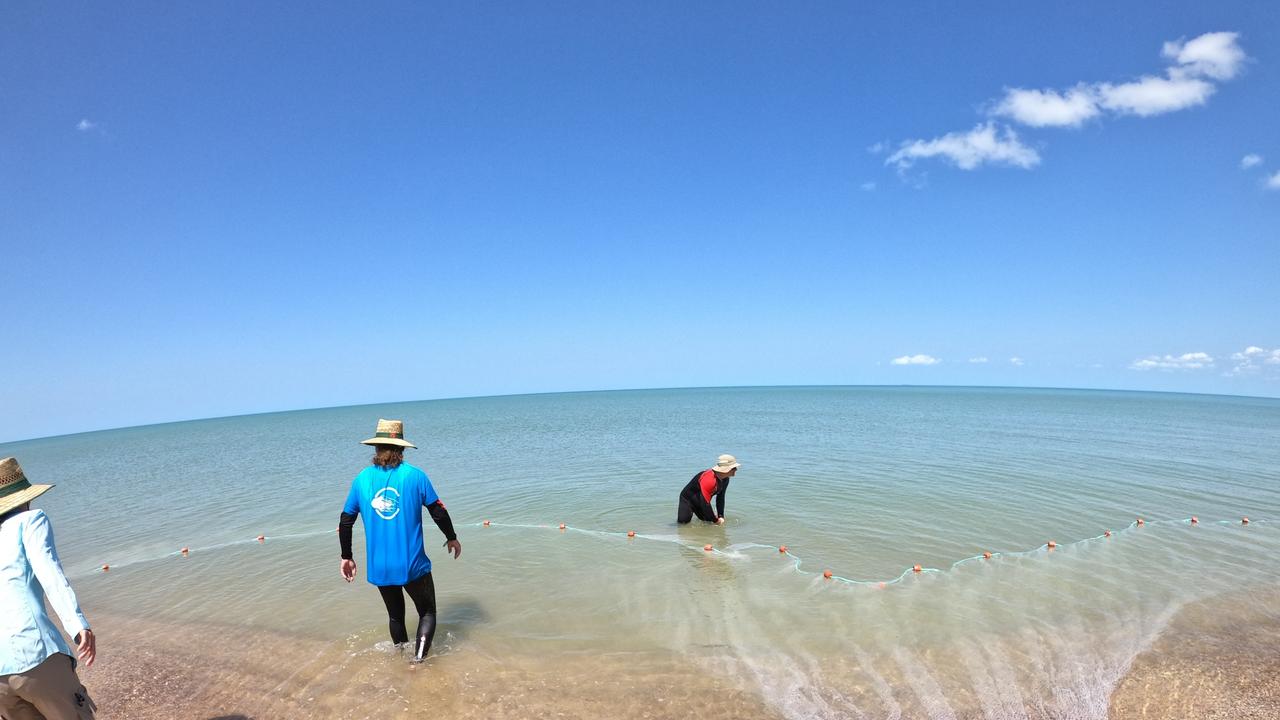
Cairns
Don't miss out on the headlines from Cairns. Followed categories will be added to My News.
A sharp decline in the big Box Jellyfish population along the north Queensland coastline has experts concerned, with predictions it could take years for the species to return to its usual numbers.
Typically found in waters north of Rockhampton, Australia's most venomous jellyfish breed in creek mouths and shallow waters.
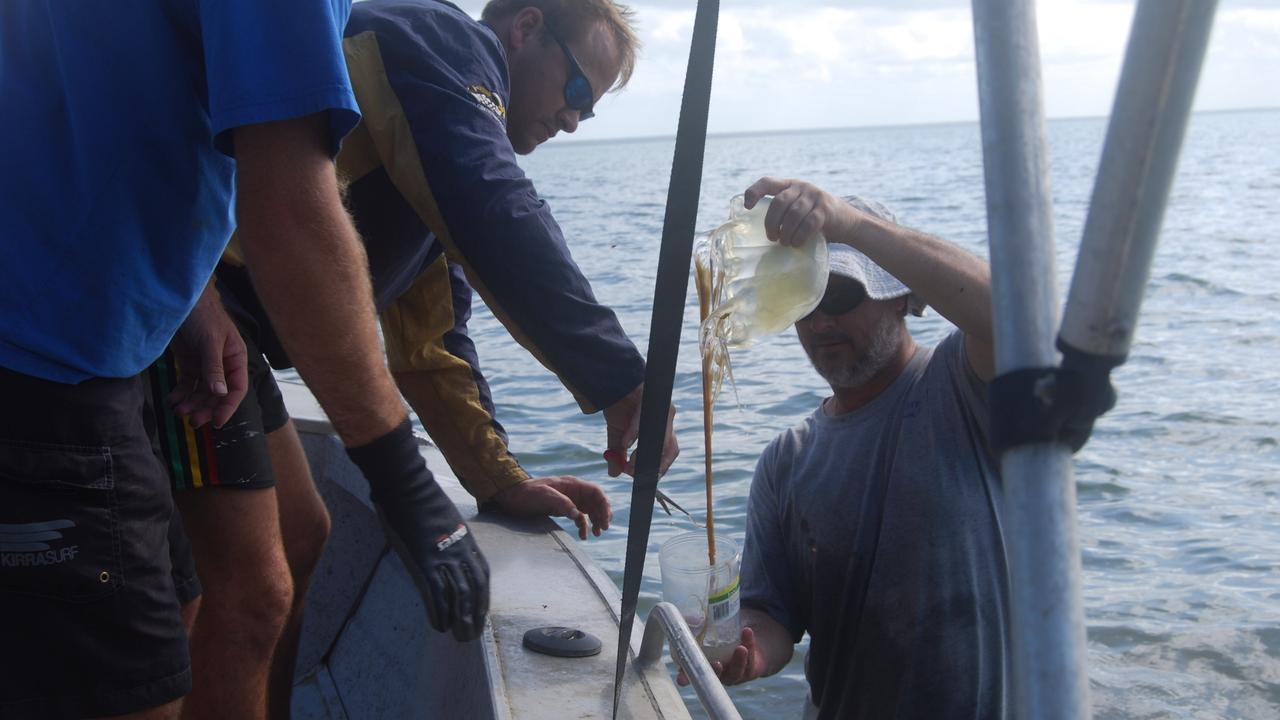
However, experts believe their numbers were severely impacted after consistent rainfall and freshwater influxes of the back of Cyclone Jasper during the 2023-24 breading season.
Toxinologist at James Cook University, Professor Jamie Seymour, also known as the Jelly Dude, theorised the freshwater floods have likely “killed off the polyps,” the young jellyfish.
On a recent sampling trip he reported finding about half a dozen big box jellyfish between Mission Beach to Cooktown, which is a dramatic decline compared to the 5000 to 10,000 animals the toxicologist typically finds in this area within a “normal year”.
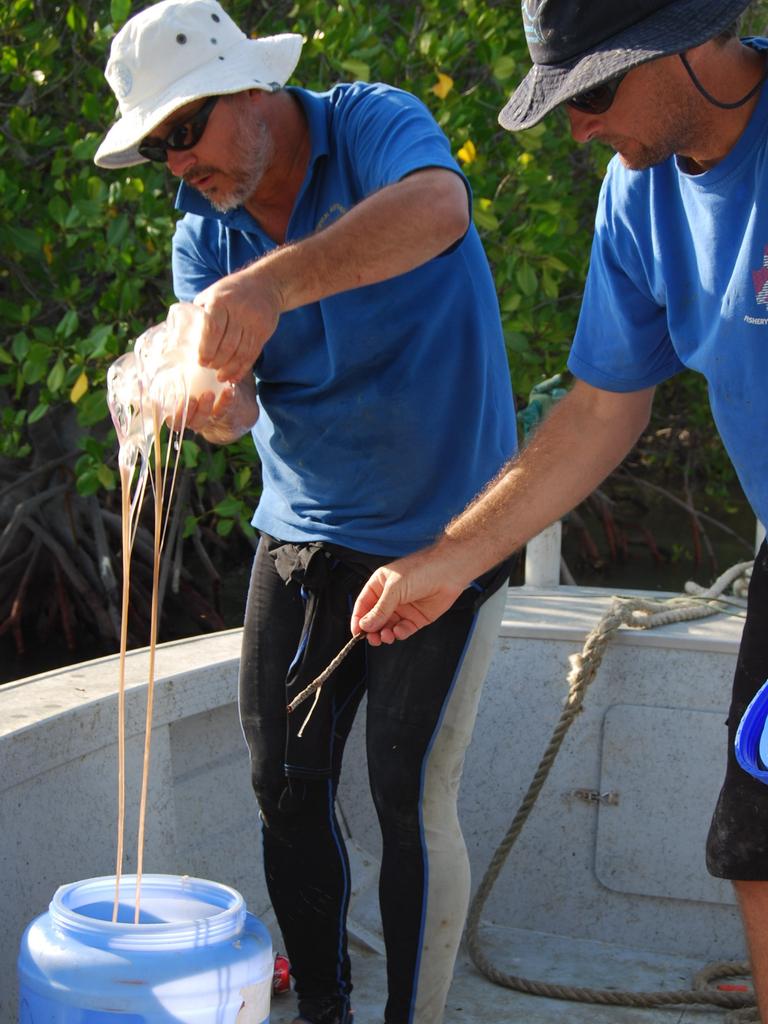
“Lifeguards and researchers who have been regularly sampling the waters along the coast have found little to no trace of these jellyfish, even after months of monitoring,” he said.
“Their numbers in the areas from Mission Beach to Cooktown have been nearly non-existent.”
The jellyfish, known for its box like shape, are responsible for some of the most venomous stings in the world, and can grow quickly during the stinger season before dying off as the weather cools in late May.
“The creatures start life as polyps, small clumps that settle on the sea floor, and from November to May, they bud off into mature jellyfish,” Professor Seymour said.
However, with their numbers relying on a delicate breeding cycle.
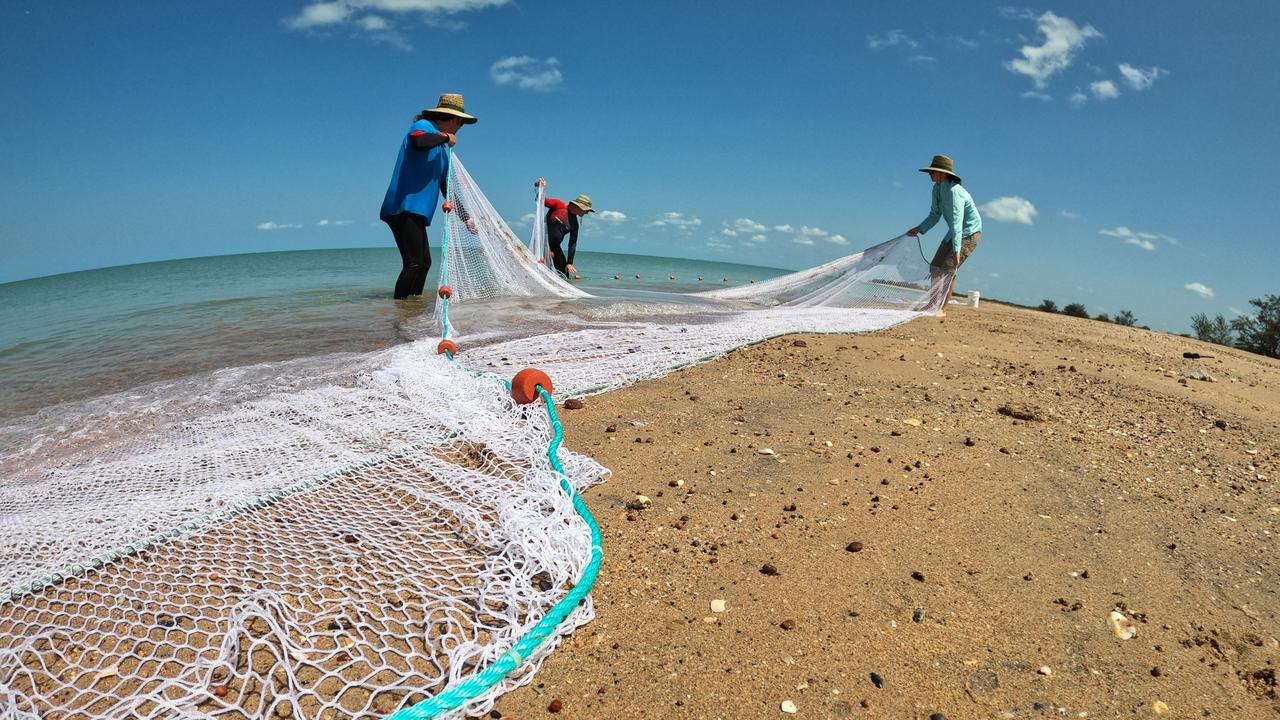
The absence of these young jellyfish is now expected to delay a major resurgence in numbers.
“Normally, the creeks see short bursts of freshwater, but between 2023-24 they were running brown with fresh for weeks,
“And what these animals need to grow, is saltwater to survive.”
Professor Seymour said having no luck finding the animals in the areas north of Townsville up to Cooktown, was highly unusual.
“The jellyfish that we are finding are likely migrating from other regions, but to grow their number, well that’s going to take time — maybe a couple of years.”
While the lack of box jellyfish might seem like a positive for Far North swimmers, this dramatic drop in their numbers could have long-term consequences for the local marine ecosystem and species who rely on them for food.
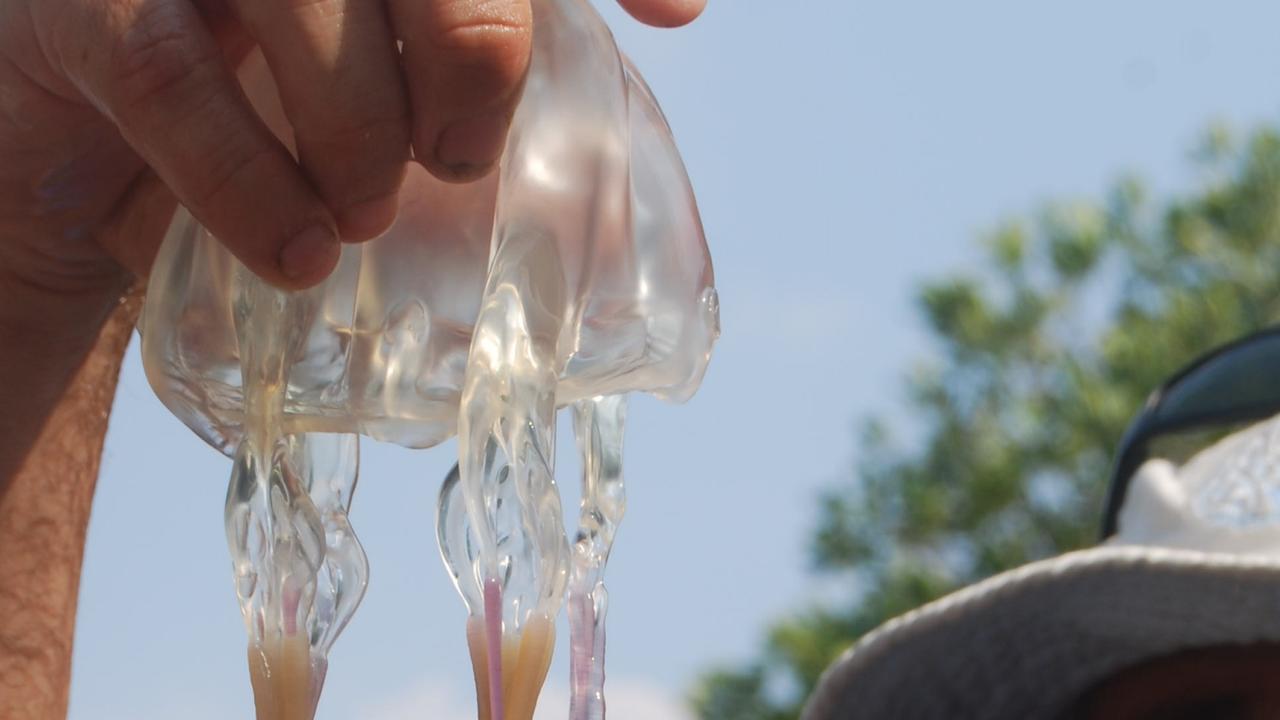
Green sea turtles, which rely heavily on these jellyfish as a food source, may face challenges in the coming months.
“Without the usual abundance of jellyfish, these turtles will have to find alternative food sources,” Professor Seymour said.
However, despite the absence of big box jellyfish in the region, the Irukandji, another venomous jellyfish species has not been affected by the freshwater influx.
The JCU expert said there’s been a “normal” numbers of stings, which can average about 11 stings per stinger season.
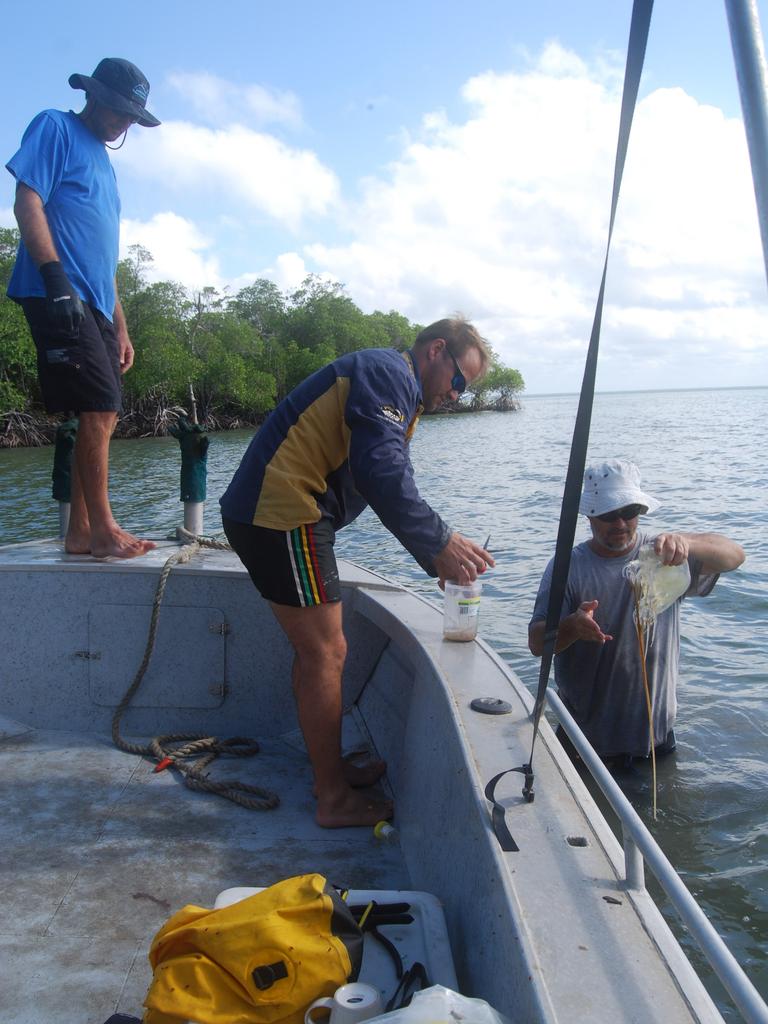
As the summer season progresses, researchers and lifeguards are keeping a close eye on jellyfish populations, hoping that the big box jellyfish will eventually return to their usual breeding grounds.
“We don’t have a full understanding of these creatures’ ecology, but one thing is clear if they’re not here, you’re missing a major piece of the puzzle in the food chain,” Professor Seymour said.
More Coverage
Originally published as Big Box Jellyfish numbers plummet along North Queensland coast, experts say






